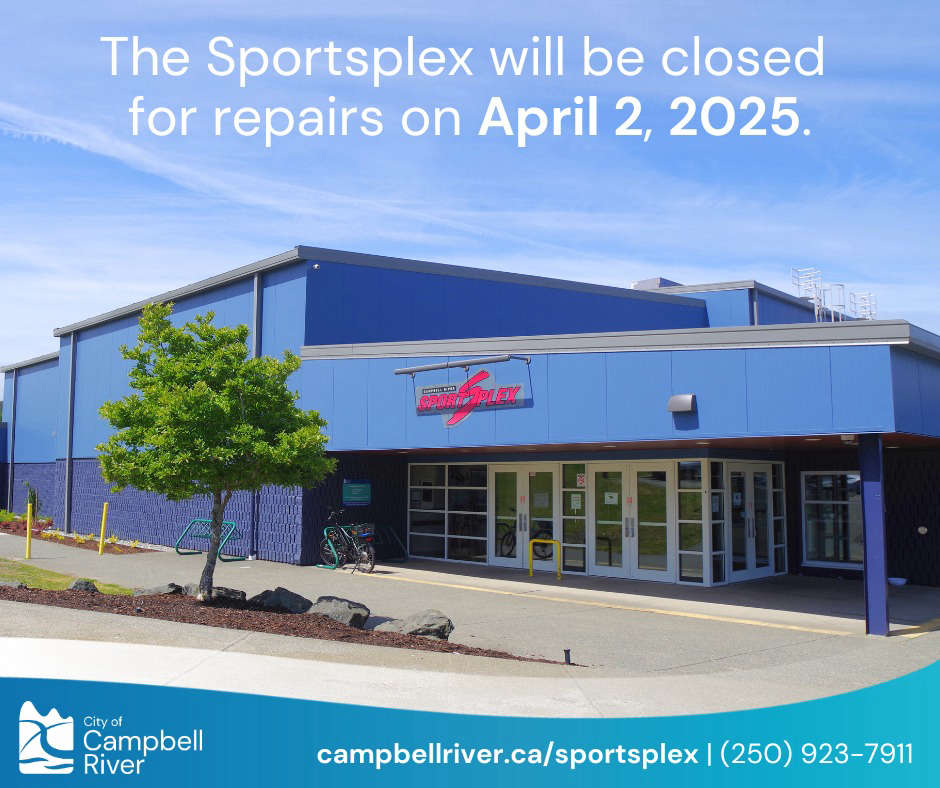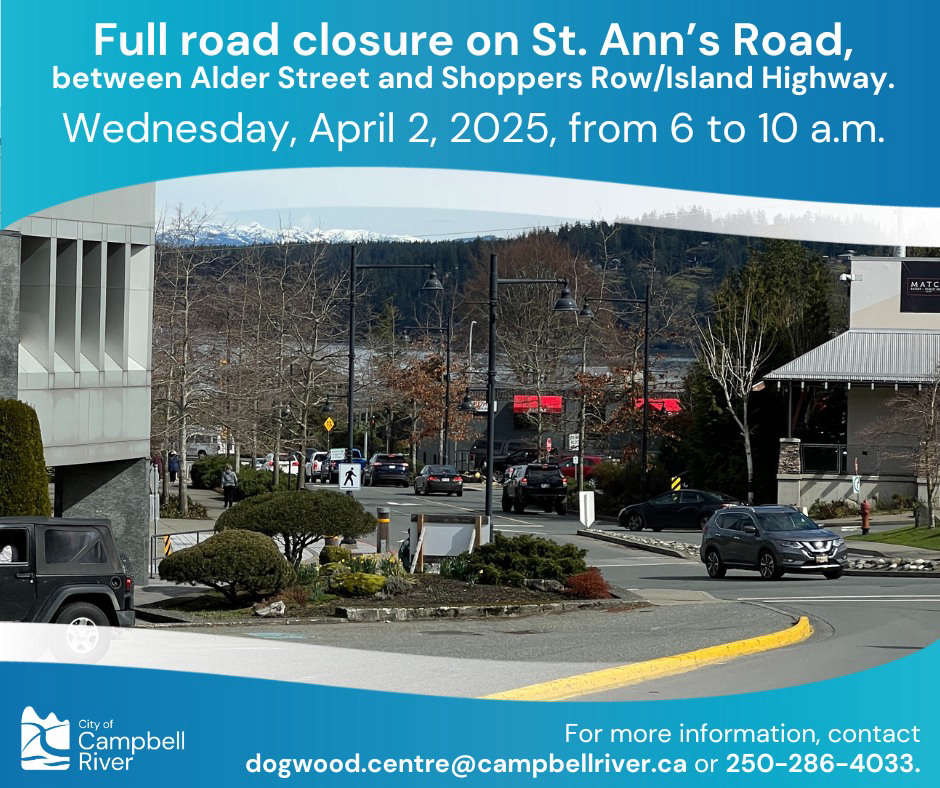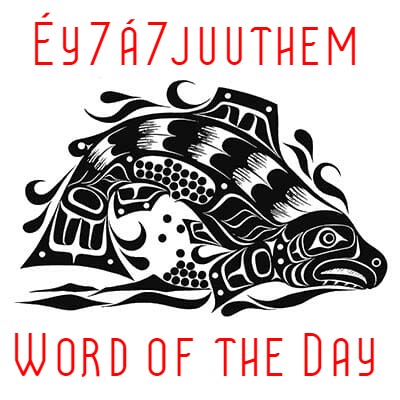
The Province has introduced its first made-in-B.C. coastal marine strategy, co-developed with many First Nations.
“British Columbia needs active and engaged stewardship in how we manage our marine resources. The Coastal Marine Strategy is the result of First Nations, federal and local governments, stakeholders and communities working together toward a shared vision for our coast,” said Nathan Cullen, Minister of Water, Land and Resource Stewardship.
“The strategy provides a much-needed roadmap for how we steward our coastal marine environment and support new opportunities for our coastal communities.”
The 20-year vision supports the long-term resilience of shared marine resources, renews the Province’s leadership role in its marine environment and directly benefits nearly three-quarters of the province’s population who live on or near the coast.
The coastal marine strategy closes a historical gap as B.C. has been one of the few coastal jurisdictions in North America without any definitive and sustainable long-term coastal policy.
Co-developed by coastal First Nations and the Province over four years, the strategy covers four major themes: healthy coastal marine ecosystems, resilience to climate change, thriving coastal economies and communities, and informed governance.
The strategy also leverages opportunities with the federal government on issues that span respective jurisdictions.
The strategy is designed to improve the way the Province manages marine resources, which would help its marine and coastal workforce, consisting of thousands of people in fishing and aquaculture, shipping and shipbuilding, ports and harbours, and tourism and tech.
The strategy will also explore new coastal zone legislation and new metrics to account for the ocean’s true contribution to the workforce, communities and the economy.
B.C.’s ocean-based economy generates approximately $21 billion annually, which is 8% of its gross domestic product, supporting 300 coastal communities and full-time work for more than 131,000 people in British Columbia.
To learn more, visit Government of British Columbia.
 Filberg Park Awarded Special Accreditation
Filberg Park Awarded Special Accreditation
 Sportsplex Closed Wednesday For Repairs
Sportsplex Closed Wednesday For Repairs
 St. Ann’s Road Closure Today
St. Ann’s Road Closure Today
 Strathcona Regional District Approves 2025-2029 Financial Plan
Strathcona Regional District Approves 2025-2029 Financial Plan
 Comox Valley Talks Recreation
Comox Valley Talks Recreation
